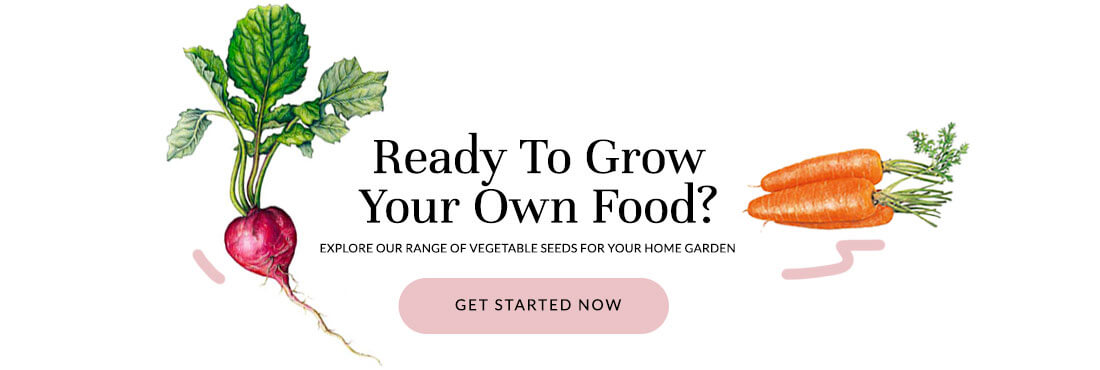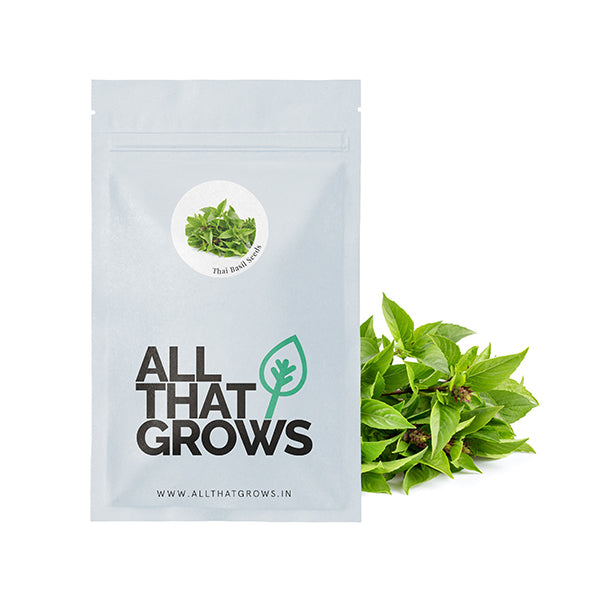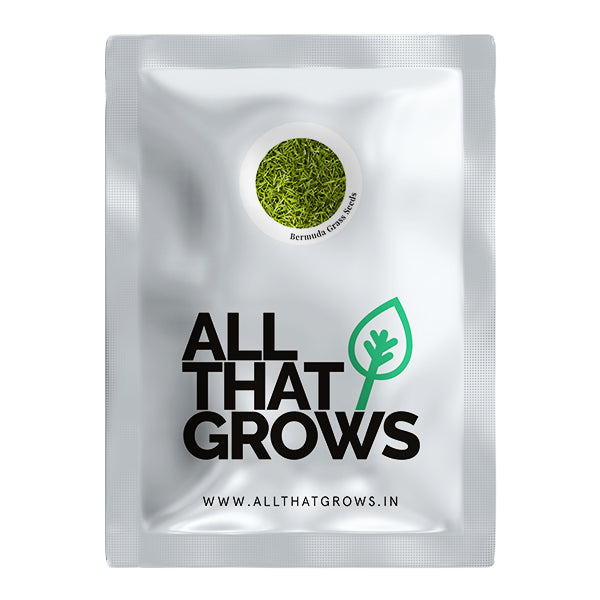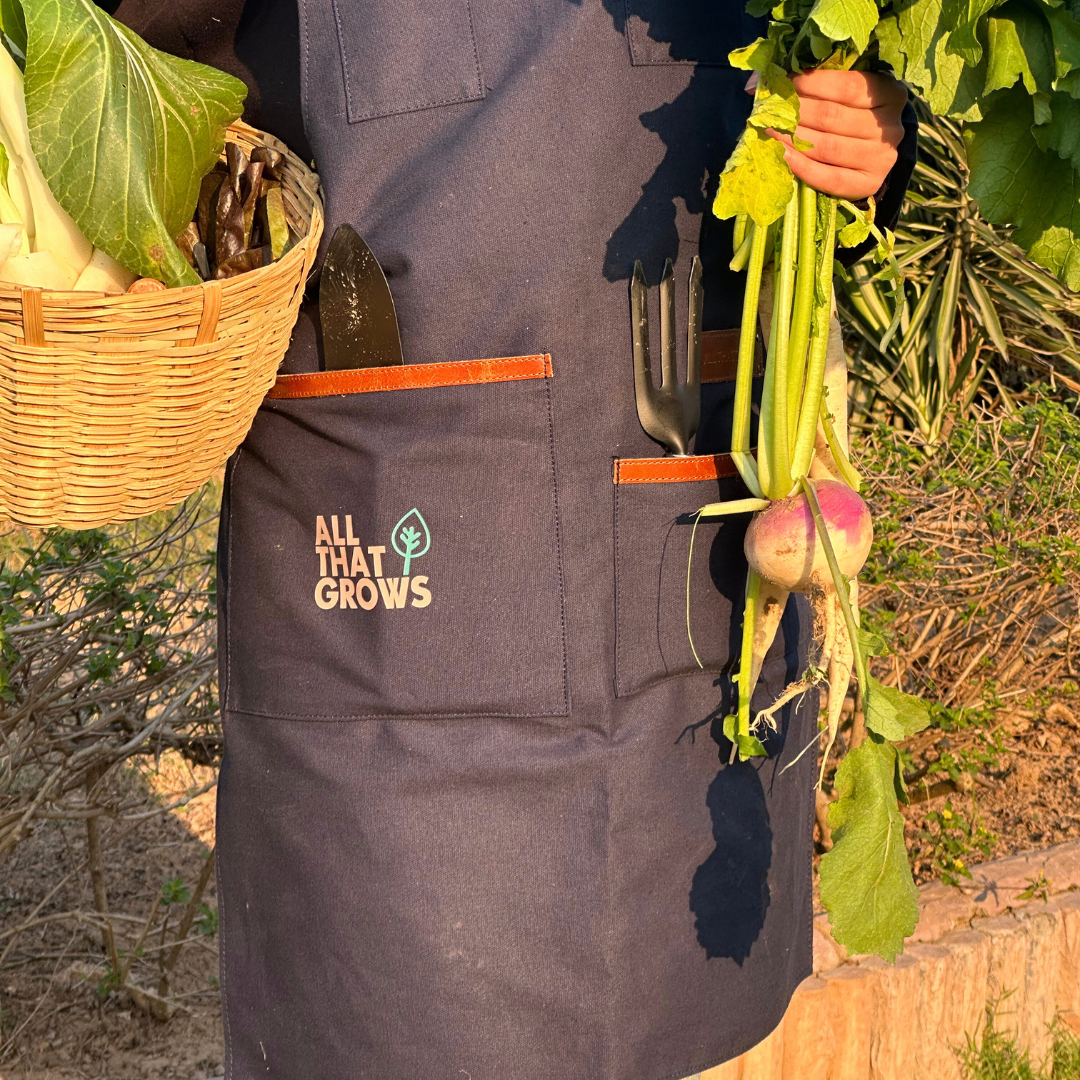Vegetable Growing Calendar for India
Previous PostWith the exponential growth in the concept of temperature control greenhouses and other technologies, we, nowadays have illusive reasons to grow plants and vegetables, the natural way.
The man-made temp control greenhouses do most of the job for us like providing adequate artificial light, provide nutrients in the form of chemical fertilizers, and timely watering of our crops so we don’t have to invest our time and energy into any physical labour.
But, of course, we all know how valuable, fresh and organic home-grown produce can be. It not only serves as a farm-to-table way of consuming healthy, chemical-free food but is also good for the environment because the fertilizers and the compost that we use at home are made from natural ingredients and does not release any harmful chemicals into the environment. Isn’t that an amazing way to give back to nature that provides the basic fuel for our survival.
So, to make things easier for you, we’ve curated a vegetable seeds calendar that can help you plan growing your own winter vegetables and summer vegetables at home. We belong to such a diverse country that is home to almost every kind of topographical feature possible. From plains to mountains, mother nature resides in the most beautiful way in every corner of our country. It was definitely a challenge to give you this handy calendar but we have tried to provide you with a general sowing season with respect to North India and South India. However, to get the most accurate details about the city or town you are in, we recommend that you consult your local nursery or just google it!
Vegetable Seeds Sowing Calendar/Chart India
| S. No. | Vegetable Name | Growing Season - North India | Growing Season - South India | Germination Temp. (in °C) | Sowing Method | Sowing Depth (inches) | Sowing Distance (inches/feet) | Days to Maturity | Links |
|---|---|---|---|---|---|---|---|---|---|
| 1 | Apple Gourd | Feb-Mar Jun-Jul |
Feb-Mar Jun-Jul |
20-30 | Direct | 1 | Between Seeds - 12” Between rows - 12” |
70-80 days | Apple Gourd Seeds |
| 2 | Beetroot | Oct-Nov | Aug-Nov | 10-30 | Direct | 1 | Between Seeds - 4” Between Rows - 18” |
80-90 days | Beetroot Seeds |
| 3 | Bitter Gourd | Feb-Mar Jun-Jul |
Nov-Dec Dec-Jan Jun-Jul |
20-30 | Direct | 0.5 | Between Seeds - 1 ft Between Rows - 4 ft |
55-60 days | Bitter Gourd Seeds |
| 4 | Bottle Gourd | Feb-Mar Jun-Jul |
Nov-Dec Dec-Jan Jun-Jul |
20-30 | Direct | 1-2 | Between Seeds - 1 ft Between Rows - 4 ft |
55-60 days | Bottle Gourd Seeds |
| 5 | Broccoli | Aug-Sept | Aug-Sept | 21-23 | Transplant | 1.5 | Between Seeds - 1 ft Between Rows - 1.5 ft |
90-100 days | Broccoli Seeds |
| 6 | Cabbage | Sept-Oct | Jun-Jul Oct-Nov |
10-20 | Transplant | 0.25 | Between Seeds - 1 ft Between Rows - 1.5 ft |
90-100 days | Cabbage Seeds |
| 7 | Capsicum | Nov-Jan May-Jun |
Jan-Feb May-Jun Oct-Nov |
15-25 | Transplant | 0.25-0.5 | Between Seeds - 1.5 ft. Between Rows - 1.5 ft. |
95-100 days | Green Capsicum Seeds |
| 8 | Carrot | Aug-Sept-Oct | Aug-Nov | 10-30 | Direct | 0.25 | Between Seeds - 2” Between Rows - 1.5 ft |
75-80 days | Carrot Seeds |
| 9 | Cucumber | Feb-Mar Jun Jul |
Jun-Jul Sept-Oct Dec-Jan |
16-32 | Direct | 0.5 | Between Rows - 12” | 50-70 days | Cucumber Seeds |
| 10 | Beans | Feb-Mar | - | 16-30 | Direct | 1-1.5 | Between Seeds - 8” Between Rows - 18” |
45-50 days | Beans Seeds |
| 11 | Lettuce | Sept-Oct | Oct-Dec | 7-27 | Direct/Transplant | Surface Sow, cover lightly with soil | Between Rows - 8”-12” | 45-55 days | Lettuce Seeds |
| 12 | Okra | Feb-Mar Jun-Jul |
Jan-Feb May-Jun Oct-Dec |
20-32 | Direct | 0.5 | Between Seeds - 12” Between Rows - 18” |
45-50 days | Okra Seeds |
| 13 | Onion | May-Jun | Mar-Apr May-Jun Sept-Oct |
10-32 | Transplant | 0.25 | Between Seeds - 4 ft. Between Rows - 6 ft |
150-160 days | White Onion Seeds |
| 14 | Peas | Sept-Oct-Nov | Sept-Oct-Nov | 10-22 | Direct | 1 | Between Seeds - 4” Between Rows - 12” |
55-60 days | Pea Seeds |
| 15 | Radish | Aug-Jan | -depends- | 10-30 | Direct | 0.5 | Between Seeds - 2”-3” Between Rows - 12” |
40-45 days | Red Radish Seeds |
| 16 | Spinach | Sept-Nov Feb |
Sept-Oct-Nov | 10-22 | Direct | 0.5 | Between Seeds - 3” Between Rows - 9” |
60 days | Green Spinach Seeds |
| 17 | Tomato | Jun-Aug Nov-Dec |
Jan-Feb Jun-Jul Oct-Nov |
20-30 | Transplant | 0.25 | Between Seeds - 1 ft Between Rows - 2.5 ft |
110-115 days | Cherry Tomato Seeds |
| 18 | Turnip | Oct-Nov | Oct-Nov | 15-35 | Direct | 0.5 | Between Seeds - 4” Between Rows - 1.5 ft |
40-50 days | Red Turnip Seeds |
| 19 | Cauliflower (Early) | Mid-June | Jun-Jul Aug-Sept |
25-27 | Transplant | 0.5 | Between Seeds - 2 ft Between Rows - 2 ft |
120-125 days | Cauliflower Seeds |
| 20 | Cauliflower (Late) | Aug-Sept-Oct | Jun-Jul | 16-20 | Transplant | 0.5 | Between Seeds - 2 ft Between Rows - 2 ft |
120-125 days | Cauliflower Seeds |
| 21 | Cauliflower (Mid-season) | Sept-Oct | Jun-Jul Aug-Sept |
<16 | Transplant | 0.5 | Between Seeds - 2 ft Between Rows - 2 ft |
120-125 days | Cauliflower Seeds |
| 22 | Potato | Oct-Dec | Oct-Dec | 4 | Direct | 4 | Between Rows - 12”-18” | 70-120 days | - |
| 23 | Pumpkin | Jan-Mar Sept-Dec May-Jun |
Jun-Jul Dec-Jan |
20-35 | Direct | 1 | Between Seeds - 24”-48” | 70-75 days | Pumpkin Seeds |
| 24 | Corn | Oct-Nov | Sept-Oct | 10 | Direct | 1-1.5 | Between Seeds - 4”-6” Between Rows - 30”-36” |
60-100 days | Corn Microgreen Seeds |
| 25 | Melon | Feb-Mar Jun-Jul |
Jan-Feb Mar-Jun Oct-Dec |
22-32 | Direct | 1 | Between Rows - 18”-24” | 70-85 days | Yellow Melon Seeds |
Yes, this calendar doesn’t list all the vegetables but we would love to hear from you and help you out if you are planning to grow any other vegetable at home.
Seasonal Vegetables in India
Summer Season Vegetables

With an average temperature of 38 degrees Celsius, summers in India have the longest days and the shortest nights. This season roughly continues for 3 months from March till May. While the high temperature can be annoying as it is known to cause dehydration among other health issues, it is perfect for growing a multitude of veggies. Some of the best summer vegetables you can grow to make your garden rejoice are gourds, brinjal, and tomato among others. These vegetables love the scorching sun and flourish really well when given 6-7 hours of direct sunlight.
Monsoon Season Vegetables

Contrary to summers, monsoons have longer nights and shorter days. The average temperature for the rainy season (June to August) ranges between 33 degrees Celsius and 35 degrees Celsius. When it rains, the earth is carpeted with happiness in the form of flowers, fruits, vegetables, and likewise. It is the season of abundance and your garden can witness the same. Some of the best monsoon vegetables that mother nature showers her blessings during this season are beans, chilies, and okra.
Autumn Season Vegetables

When hot weather subsides and roads have blankets of fallen leaves, it is a clear indication that Autumn has arrived. Having cooler temperatures when compared with summers, autumn continues majorly for two months i.e. September and October. As it goes with most season-specific seeds, some autumn-season vegetables that you can grow in India are lettuce, peas, onions, and spinach. Because the mild weather of Autumn gives perfect vegetable growing conditions, we have listed all the requisite details you’d need to know to have a flourishing autumn garden.
Winter Season Vegetables

Though it’s immensely cold (especially in north India) during winters, there are specific vegetable plants that need exactly this kind of weather to flourish. Among the best vegetables to grow in winters are beetroot, cauliflower, broccoli, and green peas. The temperature for the chilly months - November till February - go as low as 10 degrees Celsius. And because low temperatures make us lazy, we tend to eat more. What better way to enjoy laziness than consume greens from your own backyard?
Easy-to-grow Vegetables
For those of you who are taking their first step towards a healthier lifestyle with a home garden, read our guides on container gardening and terrace gardening to start growing food today. We have compiled below a list of easy-to-grow and high yielding vegetables that you can start with.
- Ready to harvest within 35-42 days, LETTUCE is one of the easiest vegetables to grow in a home garden. It is healthy and gives continuous produce if looked after properly.

- Whether you have a small kitchen garden or a backyard full of fresh and healthy vegetables, SPINACH should definitely be on the list. Grown in both the shade and sunlight, you can easily harvest spinach leaves within 37-50 days of planting the first seeds.

- Known for both its foliage and the sweet roots, the BEETROOT is another vegetable that you can plant in your backyard. You can either enjoy a yummy beet leaf salad within 21 days or wait 45 days for the delicious root.

- RADISH is another commonly enjoyed vegetable in every Indian household especially as a raw salad with a bit of seasoning. Plant this tap-root vegetable and enjoy the sweet fruit of your hard work within 24-60 days.

- If you are someone who has no space to keep pots and containers, then our recommendation would be the delicious MICROGREENS. These tiny versions of your favourite leafy greens are a healthy option to add the crunch factor to your dressing-drenched scrumptious salads.

We hope the vegetable seed calendar, specially curated for you, by AllThatGrows helps you plan the perfect home garden and set you on an amazing journey to good health.










Translation missing: en.blog.comments.title
Liquid error (snippets/comments line 9): include usage is not allowed in this context Liquid error (snippets/comments line 9): include usage is not allowed in this context Liquid error (snippets/comments line 9): include usage is not allowed in this context Liquid error (snippets/comments line 9): include usage is not allowed in this context Liquid error (snippets/comments line 9): include usage is not allowed in this context Liquid error (snippets/comments line 9): include usage is not allowed in this context Liquid error (snippets/comments line 9): include usage is not allowed in this context Liquid error (snippets/comments line 9): include usage is not allowed in this context Liquid error (snippets/comments line 9): include usage is not allowed in this context Liquid error (snippets/comments line 9): include usage is not allowed in this context Liquid error (snippets/comments line 9): include usage is not allowed in this context Liquid error (snippets/comments line 9): include usage is not allowed in this context Liquid error (snippets/comments line 9): include usage is not allowed in this context Liquid error (snippets/comments line 9): include usage is not allowed in this context Liquid error (snippets/comments line 9): include usage is not allowed in this context Liquid error (snippets/comments line 9): include usage is not allowed in this context Liquid error (snippets/comments line 9): include usage is not allowed in this context Liquid error (snippets/comments line 9): include usage is not allowed in this context